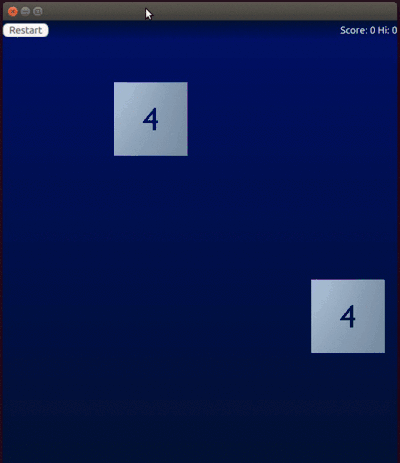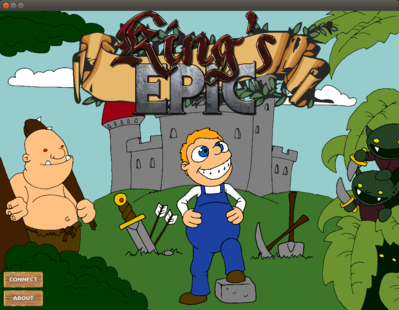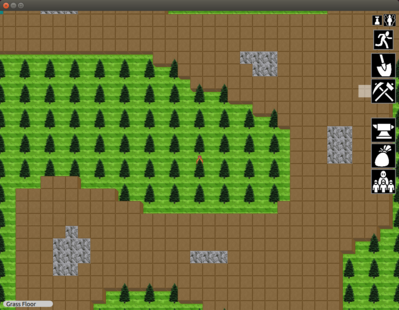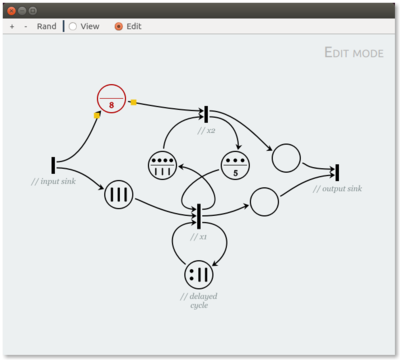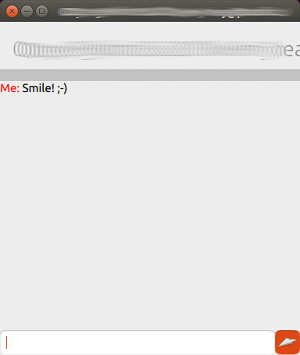Yesterday at GopherCon I had the chance to sit together with Dave Cheney and Jamu Kakar to judge the entries received for the Go QML Contest. The result was already announced today, live at the second day of GopherCon, including a short demo on stage of the three most relevant entries received. This blog post provides more details for the winner and also for a few of these additional entries.
Winner
The winner of the contest is Robert Nieren with the entry gofusion, a tight and polished clone of the game 2048:
The game code is worth looking into. It’s clean, has all the logic written in Go while making good use of the declarative features of QML, and leverages the OpenGL support of the qml package for drawing the tiles. It’s also fun to play!
Runner ups
Two other contest entries were demonstrated during GopherCon. The first one was Mark Saward’s multi-player game King’s Epic:
Deciding between Mark’s entry and Robert’s was not easy. King’s Epic is a much more ambitious project, and Mark did an impressive job on short notice. It’s also intended to be a real multi-platform game, which is something we really hope to see happening. For the contest, the fact that there were a few issues while running the code and that the interesting interactions are still in development have weighted against it.
The source code for the King’s Epic client is available at GitHub, and there’s an introduction that explains how to get started on it.
The second runner up demonstrated during the conference was Maxim Kouprianov’s teg-workshop:
Maxim’s entry is a Timed Event Graphs editor, and is being developed as part of his bachelor’s thesis. Although the topic is unknown to us, the interactions with the tool looked very attractive, as demonstrated in the video provided with the entry. What weighted against it was mainly that the rendering of these interactions was implemented in Javascript, while they might have been easily implemented in Go instead.
Honorable mention
Although it was not demonstrated during GopherCon, Zev Goldstein’s submission not only deserves being mentioned, but we also hope to see it being improved and made into a complete application. Zev submitted a very early version of Fallback Messenger:
The goal of Fallback Messenger is to be a multi-protocol messenger for mobile phones, and at the moment it is able to communicate with Google Talk over XMPP. It’s a promising idea and a great start, but still in very early stages as Zev pointed out during the submission.
Closing
It was a pleasure to interact with some of the participants over these two months in which the contest was run. It was also inspiring to see both the level of the entries, and how most of the entries were or became long term projects.
In terms of Go QML, these entries provide a clear message: although Go was designed with server-side systems in mind, it is by no means limited to that.
Thanks to everyone that submitted entries for the contest, and to Dave Cheney and Jamu Kakar for their time as judges during the tight schedule of GopherCon.
